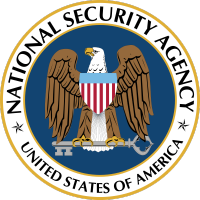NSA officials, in their mission of protecting vital US national security information and systems from theft or damage, have long recommended a regimen of crypto algorithms for protecting classified information. Last week, agency officials updated the guidance to help agencies and the private contractors who cater to them begin a transition to what’s known as quantum resistant crypto.
“Our ultimate goal is to provide cost effective security against a potential quantum computer,” officials wrote in a statement posted online. “We are working with partners across the USG, vendors, and standards bodies to ensure there is a clear plan for getting a new suite of algorithms that are developed in an open and transparent manner that will form the foundation of our next Suite of cryptographic algorithms.”
In a nutshell, the guidance advises using the same regimen of algorithms and key sizes that have been recommended for years. Those include 256-bit keys with the Advanced Encryption Standard, Curve P-384 with Elliptic Curve Diffie-Hellman key exchange and Elliptic Curve Digital Signature Algorithm, and 3072-bit keys with RSA encryption. But for those who have not yet incorporated one of the NSA’s publicly recommended cryptographic algorithms—known as Suite B in NSA parlance—last week’s advisory recommends holding off while officials plot a new move to crypto algorithms that will survive a post-quantum world.
“Until this new suite is developed and products are available implementing the quantum resistant suite, we will rely on current algorithms,” officials wrote. “For those partners and vendors that have not yet made the transition to Suite B algorithms, we recommend not making a significant expenditure to do so at this point but instead to prepare for the upcoming quantum resistant algorithm transition.”
